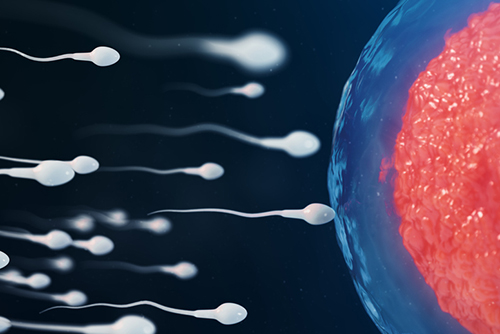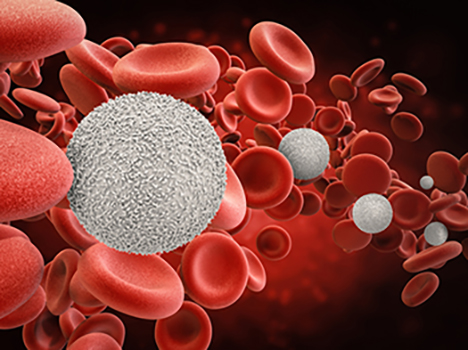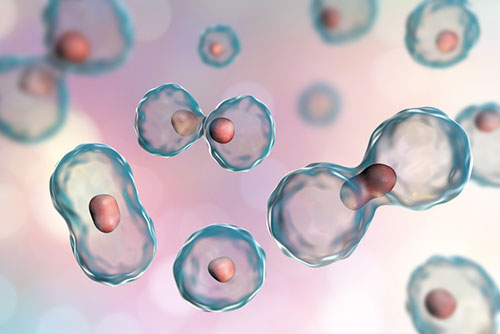Learn

Introduction to Anatomy and Physiology
Anatomy is the study of the structure of the human body, while physiology deals with the study of the function of the human body.
Both help us understand how the human body works.
- Microscopic anatomy is study of structures only viewable with a microscope on a cellular level.
- Macroscopic anatomy, which is also referred to as gross anatomy, is the study of larger structures viewable without the aid of magnification.
The human body is divided into 11 main organ systems.
These systems contain organs and structures that function solely to perform and maintain the living processes.
These systems will be covered in greater detail in a later lesson in this unit. For now, let's learn about the living processes that are the characteristics of life.
![]() Check for understanding:
Check for understanding:
-What is the difference between the study of anatomy and the study of physiology?
Life Processes
Living processes are those functional characteristics that the body must perform to maintain life. These are also termed characteristics of life.
The living processes, or characteristics of life, can be divided into 6 categories.
- Metabolism the total of all chemical reactions occurring in the body, which include catabolism and anabolism.
- catabolism is the breakdown of large, complex molecules into smaller, simpler ones
- anabolism is building up of complex molecules from smaller, simpler ones
- EXAMPLE: Taking in food and breaking the nutrients down into smaller molecules is an example of metabolism. These molecules are taken in by cells to build needed molecules. This occurs when you eat food, such as meat, that contains protein; it is broken down into amino acids (the smaller molecules) and used to assemble needed protein for the body.

- Responsiveness is the ability to detect and respond to changes occurring outside and inside the body.
- EXAMPLE: This occurs when the body feels a cold temperature and responds with shivering and shifting blood flow to the core organs.
- Movement is the motion that occurs with the entire body or individual organs, single cells, and structures within cells.
- EXAMPLE: Walking is an obvious example; however, other examples include the movement of white blood cells through the body or the movement of organelles inside the cell as proteins are assembled.
- Growth is the increase in body size due to an increase in the size of existing cells, the number of cells, or the amount of material surrounding cells.
- Example: Growth occurs when bone cells build more bone as you age

- Differentiation is a process by which undifferentiated cells, like stem cells, develop into specialized cells to perform specific functions.
- EXAMPLE: Hematopoietic stem cells divide and eventually become types of white blood cells and red blood cells, each type having a specific function.
- Reproduction is the formation of new cells for growth, repair, or replacement, or the production of a new individual.
- EXAMPLE A: Reproduction occurs when sex cells unite to produce a zygote that develops into a human being
- Example B: It also occurs when skin cells divide to produce more skin cells as they repair a cut.





![]() Check for understanding:
Check for understanding:
-List the 6 life processes or the characteristics of life.
-Which of the characteristics of life would the breakdown of large molecules into smaller ones be a description of?
